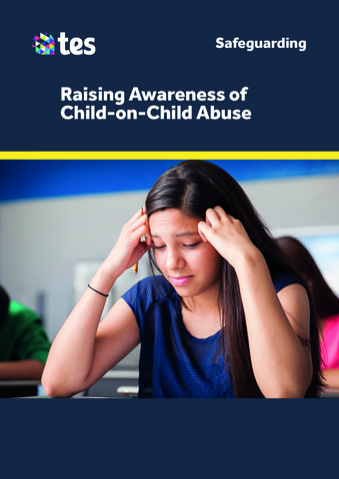
KCSIE 2018: 5 recommendations for training topics for inset days
Safeguarding in September
As schools return from the summer break, and staff return to classrooms and begin to plan their year, the content of planned inset days will no doubt be at the forefront of many people’s minds.
September always brings fresh concerns over pupils’ welfare, as many pupils face increased exposure to risk over the summer months. Ensuring staff are up to date with safeguarding training is highly recommended for the start of the new term.
KCSIE 2018
This year, with the introduction of the update to Keeping children safe in education, safeguarding training has an increased importance to ensure schools can demonstrate compliance, it may be prudent to ensure inset days are used to ensure all staff are up-to-date and compliant with the latest statutory guidance.
Here are our top 5 recommendations for safeguarding training topics for September inset days.
|
|
|
Child Protection
The update to KCSIE is the same as 2016 version with in that it stipulates that all staff should receive appropriate safeguarding and child protection training which is regularly updated. It also continues to advise that staff should receive updates at least annually. With the changes to KCSIE, using the September inset days to ensure all safeguarding is up-to-date and we recommend that you ensure all training refers to the updated stat guidance.
|
  |
|
Peer on Peer Abuse
Referenced throughout KCSIE, it is widely accepted that peer-on-peer abuse is one of the biggest new themes to the document.
Paragraph 50 states: “All staff should be aware that safeguarding issues can manifest themselves via peer on peer abuse” and Paragraph 51 confirms that “All staff should be clear as to the school or college’s policy and procedures with regards to peer on peer abuse.”
Training and understanding of this topic is therefore recommended for the new term.
|
 |
|
Online Safety
KCSIE 2018 refers repeatedly to online safety and the new specific safeguarding issues that have been introduced in the new guidance, such as peer-on-peer abuse, are just as prevalent online as they are within school.
Online safety training for staff therefore needs to be integrated, aligned and considered as part of the overarching safeguarding approach.
|
 |
|
Female Genital Mutilation
The summer months bring increased risk of young girls being taken abroad for FGM procedures. As all staff have a legal duty to report, ensuring FGM Awareness is up to date is important as pupils return to school after the summer break.
Staff need to be vigilant to spot the signs and know how to report.
|
 |
|
School Attendance and Children Missing Education
Not all children return to school after the summer break. It is important that schools understand the current laws and issues relating to school attendance and can respond quickly to ensure children are not at risk of harm, exploitation or radicalisation.
|
.png) |
EduCare for Education®
Our complete e-learning service for the Education sector contains over 20 essential safeguarding and duty of care training courses that will help you evidence comliance and help keep children safe this September.
Find out more
To help you prepare for the update to KCSIE, we are offering a discount of 10% off the entire service for all new customers which cannot be used in conjunction with any other offer.
Get in touch to find out more
Return to news
Courses
Raising Awareness of Child-on-Child Abuse
Child-on-Child abuse is any form of physical, sexual, emotional, financial, and/or coercive control exercised between children and young people; this includes intimate and non-intimate relationships.
Read more
Raising Awareness of Child-on-Child Abuse
The purpose of this course is to help you:
- understand what peer-on-peer abuse is
- understand the different types of child-on-child abuse
- understand who child-on-child abuse may affect and what external influences there are
- be aware of the prevalence of child-on-child abuse
- understand social norms and peer pressure
- recognise early signs that might indicate abuse
- know what action to take if you know or suspect that a young person is experiencing abuse
- implement preventative strategies within school or college.
Additional Information






.png)

